Video Archive

- From Around the Web, Science & Technology
- December 8, 2018
Jiankui He shocked the world with news his team had created the first genetically modified twin girls. Now he says there may be more on the way.
READ MORE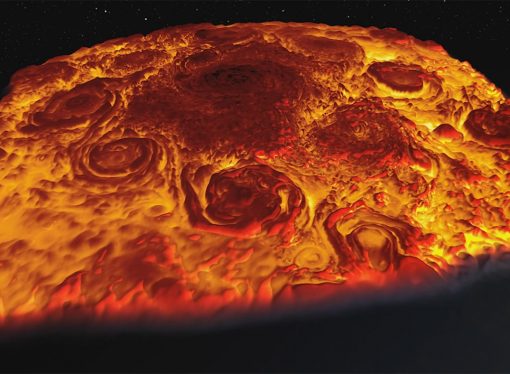
- From Around the Web, Space
- April 16, 2018
Scientists working on NASA’s Juno mission to Jupiter shared a 3-D infrared movie depicting densely packed cyclones and anticyclones that permeate the planet’s polar regions, and the first detailed view of a dynamo, or engine, powering the magnetic field for any planet beyond Earth.
READ MORE
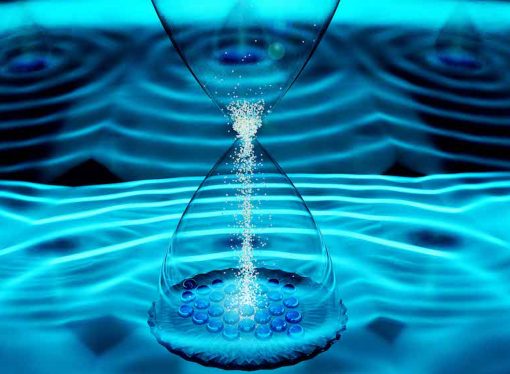
- From Around the Web, Science & Technology
- September 14, 2017
Scientists created a state of matter known as a time crystal, which seems to suspend the law of conservation of energy.
READ MORE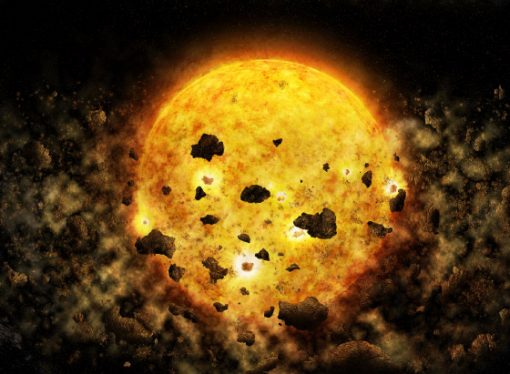
- From Around the Web, Space
- July 20, 2018
For decades, astronomers have puzzled over the variability of young stars residing in Taurus-Auriga dark clouds, a group of molecular clouds located in the constellations of Taurus and Auriga, about 450 light-years away. Since 1937, they have recorded noticeable dips in the brightness of RW Aur A — the primary star of a low-mass binary system — every few decades. Each dimming event appeared to last for about a month. In 2011, the star dimmed again, this time for about half a year. RW Aur A eventually brightened, only to fade again in mid-2014. In November 2016, the star returned to its full luminosity. Now Hans Moritz Günther of MIT and co-authors have observed RW Aur A using NASA’s Chandra X-Ray Observatory. They’ve found evidence for what may have caused its most recent dimming event: a collision of two protoplanetary bodies, which produced in its aftermath a dense cloud of gas and dust. As this planetary debris fell into RW Aur A, it generated a thick veil, temporarily obscuring the star’s light.
READ MORE
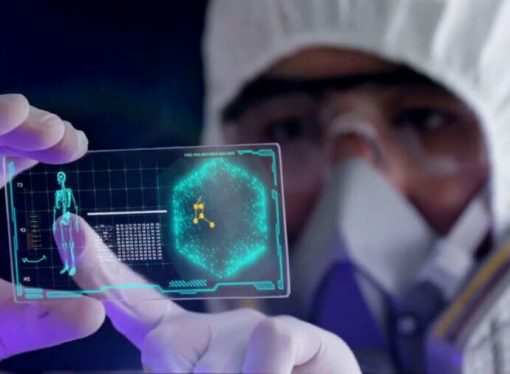
- From Around the Web, Science & Technology
- October 4, 2017
Biohacking is a relatively new field of amateur and professional scientists conducting “do-it-yourself” biology experiments.
READ MORE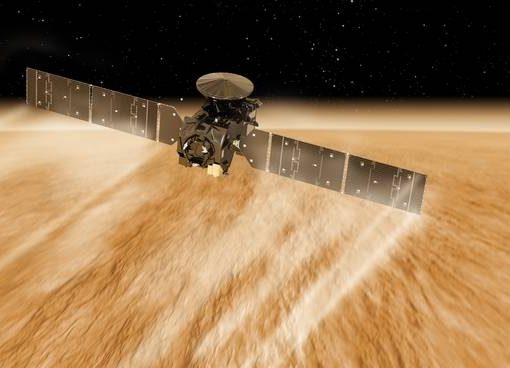
- From Around the Web, Space
- February 3, 2018
The ExoMars orbiter is going strong, and slowing down.
READ MORE
